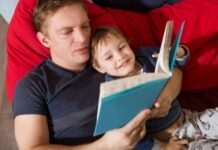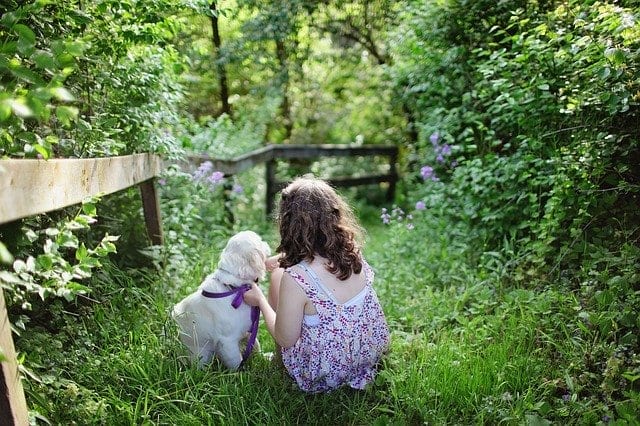The excitement of getting a new puppy addition to a family is palpable. Especially when you have kids. Having a pet in the house is something that kids of all ages love and something that can also be beneficial to the development of children as they grow. A pet in the family teaches children about respect, and can actually positively affect a child’s self-confidence. Children can also learn about empathy and communication from their little furry friends.
Bringing a puppy into your home is not unlike having a baby in the house again. Cleaning up toilet messes, making sure they eat, sleep, and play. Then there’s teaching them how to behave well around other animals and around people. Kids don’t always understand that a puppy needs to be taught as they are too excited at the prospect of playing with the puppy. In this respect, there are two parts to puppy socialization – teaching the puppy and helping your child learn and learn from their mistakes as training progresses.
Make A Training Plan With The Whole Family
Sit everyone in the family down and decide who will take the lead (no pun intended) in puppy socialization. Discuss what will be needed such as regular walks, different experiences for the puppy-like new smells, sounds, and sites.
Encourage the little ones in the family to share their ideas about where and when the puppy could be socialized. “Talk together about how the puppy might react to new places and faces, how you will know if it is scared, and so on,” Advises, Annie Gorse a lifestyle blogger at UK Services Reviews and UK Writings.
Lastly, agree on how you as a family will react when your puppy is scared or taking more time than you expected to get used to something new. This will help kids understand what is expected of them so if or when one of them makes a mistake during a puppy walk they will better understand what that mistake was.
Manage Your Reaction To Mistakes
Socializing a puppy can be fraught with frustrations as the puppy learns. Kids too will make mistakes in their enthusiasm to be involved in the puppy’s life. When your puppy is learning to walk on a leash, your child might want them to run and not notice the puppy resisting and pulling back on its lead.
Your instinct could be to reprimand the child for pulling the dog. The child meant no malice so punishing them for what was actually a mistake can lead to them feeling hurt and possibly even resentful to the puppy. Instead, calmly get the situation under control then focus on showing your child how to learn from their mistake. Show them what to do when the puppy pulls on its lead so that they know next time rather than embarrassing them for making a mistake.
Help Them Manage Frustration
Let’s face it, your child’s expectations of getting a puppy probably differed greatly to the training and responsibilities that reality has served up. The impatience of wanting a puppy that is ready to play fetch in the park can be frustrating for a kid and frustration can lead to tantrums and tears.
Recognize your child’s frustrations and let them know that you understand. Feeling frustrated is perfectly reasonable. Learning how to handle frustration is something you can help your child with. Some children relish their role as a teacher and so helping them understand what to expect from the pup at different stages can help them manage their frustration better.
Applaud Effort
Sometimes our expectations as parents can blind us to the efforts, small and large, of our children. This is especially true when our expectations are that a child has listened and agreed on a course of action (remember that family discussion about how to socialize a puppy for example). The fact of the matter is that a child might not immediately understand what is being asked, even if they say that they do. Children often interpret things differently too.
“Rather than scold a child for not sticking to the plan look at what they are doing. Are they playing gently with the puppy? Are they, in their own way, trying to teach the puppy?” Says, Dawn Edwards a content writer at Revieweal and Boom Essays. “When you spot a behavior like this praise the child for the positive in what they are doing.” A child that feels like their efforts have been recognized is more likely to want to listen in the future.
Conclusion
It is rare for a child to intentionally misbehave or harm an animal. When it comes to puppy socialization in a home with children, patience is your greatest ally. Trying to train a puppy and raise children is a lot but the rewards are plentiful.
Kristin Herman is an animal enthusiast and a project manager at Write My Australia and Big Assignments. She is Mom to two boys and two dogs and writes articles for online magazine and blogs, such as Academized, and others.











